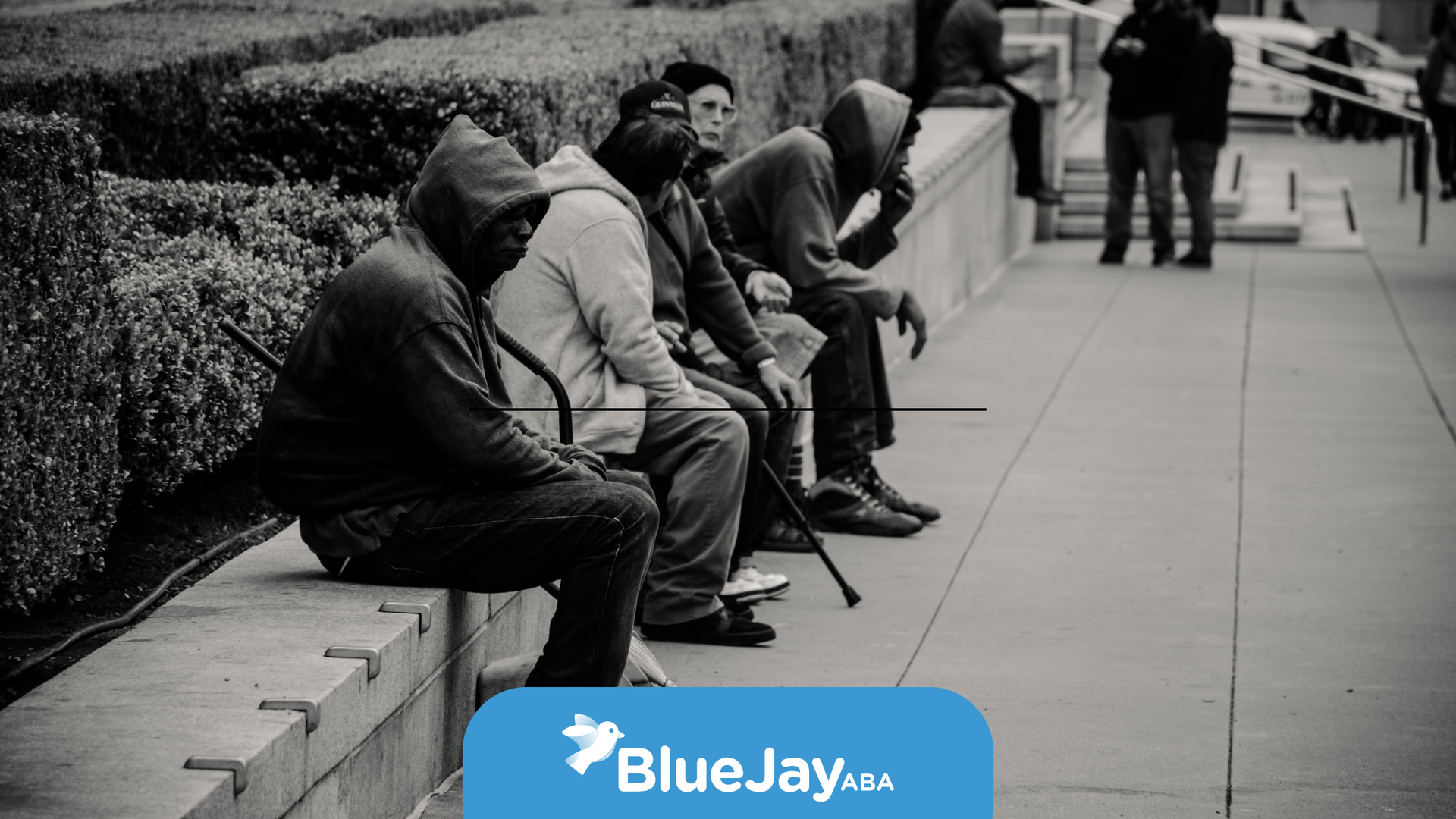Using Social Stories in ABA Therapy to Teach Everyday Skills
If you’ve ever watched your child struggle with a change in routine or a new social situation, you know how overwhelming it can be—for both of you. That’s where social stories come in. In ABA therapy, they’re one of the most effective ways to prepare children for real-world experiences in a calm, visual, and structured way.
One of my clients, a preschooler with autism, used to become upset during circle time at school. Together, we created a short story about sitting with friends, listening, and raising his hand.
After reading it daily, he began joining circle time with a smile instead of tears. It’s incredible how a few sentences and pictures can build so much understanding.
Understanding What Social Stories Are
Before diving into how we use them, it’s important to understand what social stories actually are and why they’re so effective in ABA therapy.
What Is a Social Story?
A social story is a short narrative that describes a situation, skill, or concept in a simple, structured way. It uses plain language and often includes visuals or photos to explain what will happen, why it happens, and what’s expected.
Originally developed by Carol Gray in the 1990s, social stories are now widely used in autism intervention, especially as part of Applied Behavior Analysis (ABA) programs. They’re written from the child’s point of view and use positive, reassuring tones to prepare the child for real-life events.
How Social Stories Support Learning in ABA Therapy
In ABA therapy, we focus on teaching meaningful, measurable behaviors through consistency and reinforcement. Social stories fit beautifully within this model because they make abstract ideas concrete.
Key Benefits of Social Stories
Social stories can:
- Reduce anxiety: By describing what will happen, they make situations feel predictable.
- Build understanding: They break down complex social rules into manageable parts.
- Reinforce positive behavior: They show what success looks like and why it matters.
- Encourage independence: Children learn how to navigate situations without heavy prompting.
For example, a story about greeting friends might say:
“When I see my friends, I can wave and say ‘Hi!’ This makes them happy, and it helps me make friends too.”
This simple statement shows the situation, the action, and the outcome—all core parts of ABA teaching.
When and Why to Use Social Stories
Not every skill or situation requires a social story—but they’re particularly useful when a child is facing something new or challenging.
Common Scenarios for Social Stories
Therapists and parents often use social stories to help children:
- Prepare for new routines (starting school, going to bed, visiting a doctor)
- Learn social skills (sharing, taking turns, greeting others)
- Handle transitions between activities
- Understand emotions or self-regulation strategies
- Follow public rules or safety expectations (crossing the street, using a seatbelt)
The goal is preparation. Reading a social story before an event allows a child to process the situation calmly, instead of reacting with confusion or distress when it happens.
How to Create and Use an Effective Social Story
In ABA therapy, every social story is customized to fit the child’s individual needs, learning style, and current goals.
Step 1: Identify a Specific Goal
Choose one clear, teachable behavior or situation—like “waiting for a turn” or “asking for help.” Avoid trying to address multiple challenges at once.
Step 2: Write in Simple, Positive Language
Use short sentences written in the first person (“I can wait quietly,” or “I will walk in the hallway.”). Avoid negative phrasing like “I shouldn’t run.” Positive language helps autistic children focus on what to do rather than what not to do.
Step 3: Add Visuals
Visuals make the story easier to understand. Use real photos, symbols, or drawings that show your child completing each step or action.
Step 4: Read It Regularly
Introduce the story a few days before the situation occurs and review it daily. Repetition helps solidify understanding and memory.
Step 5: Reinforce Success
When your child uses the skill from the story in real life, provide positive reinforcement—verbal praise, high-fives, or a preferred activity. This strengthens the behavior and connects the story to real outcomes.
Integrating Social Stories with ABA Techniques
Social stories don’t exist in isolation—they work best when paired with other ABA strategies.
Combining Stories with Reinforcement and Modeling
A therapist might start by reading a social story about taking turns, then model what turn-taking looks like during play. When the child imitates the behavior, the therapist provides immediate positive feedback.
This blend of visual learning, modeling, and reinforcement ensures that what’s learned in the story transfers to real-world behavior.
Data tracking is another critical part of the process. ABA therapists collect data on how often the target behavior occurs, adjusting the story or teaching approach if progress slows.
Using Social Stories at Home and in the Community
While social stories are a structured part of ABA therapy sessions, they’re also highly effective at home, in school, and out in the community.
How Parents and Caregivers Can Use Social Stories
Parents can create stories to help with:
- Morning and bedtime routines
- Going on errands
- Meeting new people
- Handling loud or busy environments
Consistency between home and therapy sessions is key. When parents, teachers, and therapists use similar stories or visuals, the child experiences the same expectations across settings—making progress faster and more consistent.
Even a short homemade story with stick figures can make a big difference if it’s specific and relevant. You don’t need fancy graphics—just a calm tone and clear steps.
How We Use Social Stories at Blue Jay ABA
At Blue Jay ABA, social stories are a core part of our personalized ABA programs. We use them to help children build social understanding, reduce anxiety, and succeed in real-world situations.
Our Approach to Social Story Integration
Whether your child is enrolled in home-based ABA, school-based ABA, or telehealth ABA therapy, our team incorporates social stories that match your child’s developmental level and goals.
Our ABA assessments help identify where stories can be most beneficial, and our ABA parent training sessions teach families how to write and use social stories effectively at home. The result is a consistent, collaborative approach that supports learning in every environment.
Social stories might seem simple, but they can make an enormous difference for children with autism. By turning social expectations into visual, structured, and predictable lessons, these stories build understanding where confusion once lived.
When paired with the structured methods of ABA therapy, social stories help children gain the confidence to navigate their world—and give parents a tool they can use every single day.
At Blue Jay ABA, we’ve seen firsthand how these stories transform frustration into confidence and uncertainty into success—and that’s what makes them one of the most valuable tools we have.
FAQs
Are social stories only for young children?
Not at all. Social stories can be adapted for children, teens, and even adults. The key is adjusting the language and visuals to match the learner’s developmental level.
How long should a social story be?
Most stories are short—usually 5 to 10 sentences—but the length depends on the topic and the child’s attention span.
Can parents write their own social stories?
Yes! In fact, personalized stories often work best. Your ABA therapist can guide you in writing, illustrating, and introducing stories that fit your child’s specific needs.
Sources:
- https://pubmed.ncbi.nlm.nih.gov/26070275/
- https://www.autismparentingmagazine.com/social-stories-for-autistic-children/
- https://www.autismspeaks.org/templates-personalized-teaching-stories
- https://www.sciencedirect.com/science/article/pii/S1877042810017465
- https://files.eric.ed.gov/fulltext/ED594308.pdf
- https://pmc.ncbi.nlm.nih.gov/articles/PMC7489673/
Related Posts






